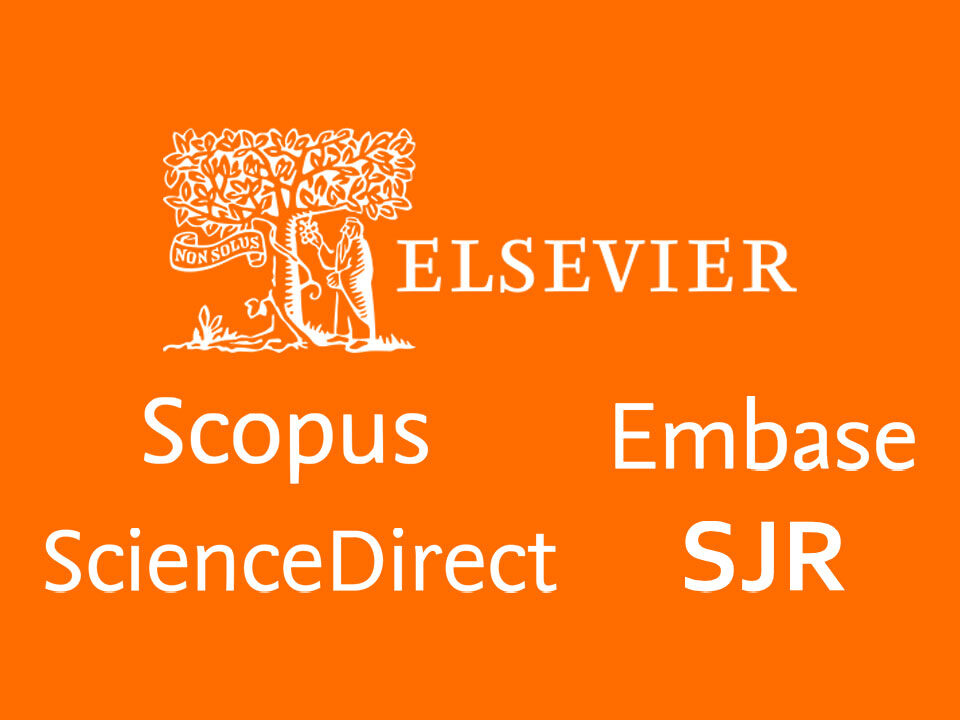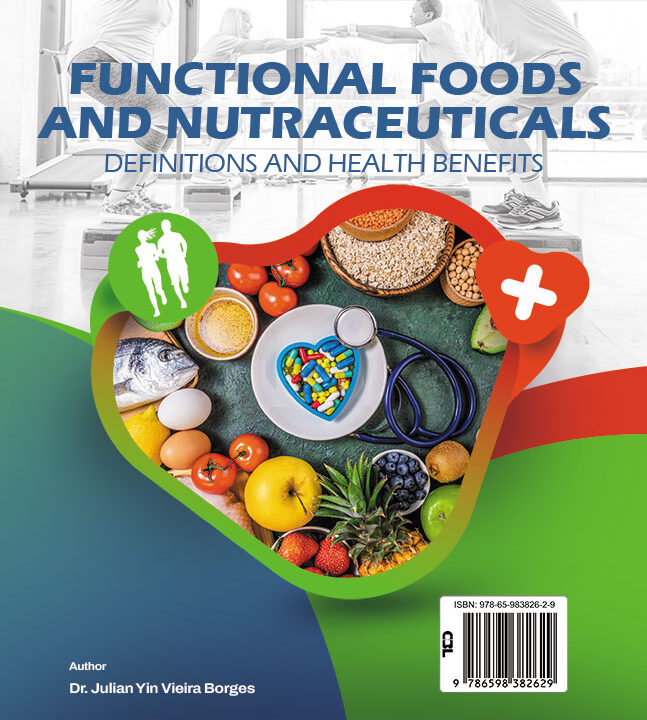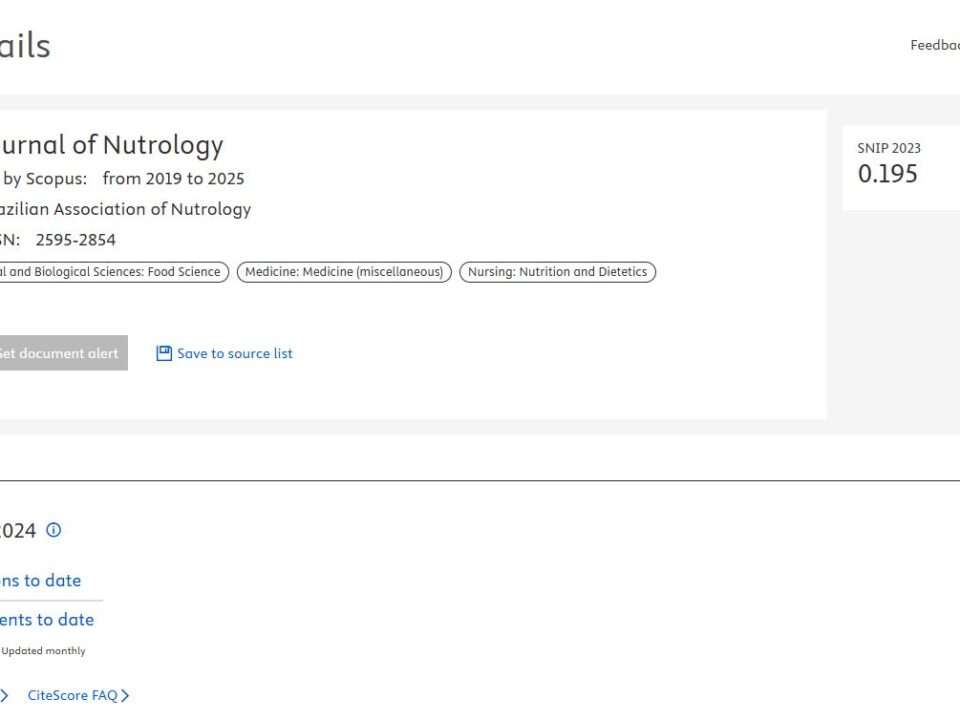
Histological Skin Assessment of Patients Submitted to Bariatric Surgery: A Prospective Longitudinal Cohort Study
11 de janeiro de 2023
Necrotizing Scleritis and Rheumatoid Arthritis: A Clinical Case Report Supported by a Brief Review With Risk of Bias Analysis
24 de fevereiro de 2023Meta-analysis of the Major Clinical Results of the Treatment with 1-Point Fixation in Fractures in the Zygomatic-Maxillary Complex: Success Rate and Complications
To analyze the success rates of fracture stability of the ZMC, incidences of complications, and aesthetic satisfaction after 1-point fixation.
Journal of Maxillofacial and Oral Surgery
Introduction.
Fractures of the zygomatic-maxillary complex (ZMC) are common facial fractures. After adequate fracture reduction, it is important to maintain stability and rigid fixation to avoid functional impairment and aesthetic sequelae. In this sense, the fixation of just one point can provide sufficient stability of the ZMC fracture when the ZMC fracture is not crushed.
Objective.
To analyze the success rates of fracture stability of the ZMC, incidences of complications, and aesthetic satisfaction after 1-point fixation.
Methods.
This study followed the rules of PRISMA, with publications from 2010 to 2020. The chi-square test and the Poisson probability test were performed to the occurrence of complications Low = 1, Moderate = 2, and NO = 0, adopting the α-level less than 0.05 with a statistical difference for 95% CI. The R-sq (R2) value was also analyzed among the complications variables.
Results.
The results of these studies showed in a general way that the use of 1-point fixation with open reduction presented good results in the short, medium, and long term, showing fracture stability. Complication rates were low and patients’ satisfaction with aesthetics was considerable.
Conclusion.
The success rate of the 1-point fixation procedure for the zygomatic-maxillary complex is high, with minimal complications.
Source PubMed: https://pubmed.ncbi.nlm.nih.gov/36703683/
Source Springer Nature: https://link.springer.com/article/10.1007/s12663-021-01603-3



